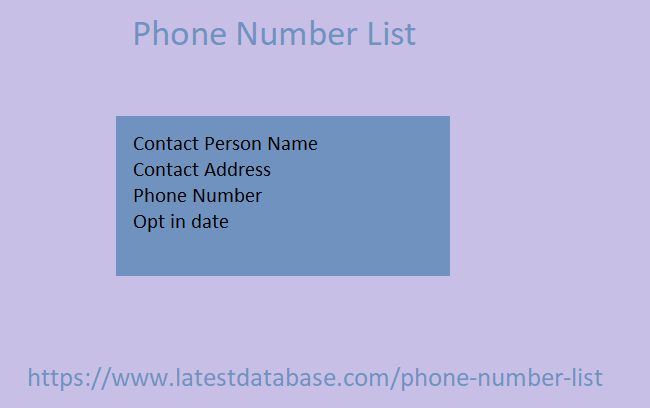From the beginning of "new retail" to today's smart retail, big companies are in full swing. However, most retail enterprises, especially small and medium-sized retailers, did not enjoy the dividends of the times, but were left further behind because they could not keep up with the pace.
This huge market has allowed some marketing service providers to see an opportunity. A large number of service platforms dedicated to serving the phone number list transformation of small and medium retailers have flooded the market. The deeper the smart retail is, the more active they are.
In fact, smart retail has not yet formed a unified and recognized system, especially in the face of how small and medium retailers should deploy and practice, there is no answer.
Enterprises like Weimob are actively exploring and have achieved certain results, but no matter whether the case is completely correct, the basic direction for SMEs to play smart retail should be clear: from "physical superposition" with information systems, to digital generation "chemical reaction".
With only simple "physical superposition", smart retail may become a false proposition
The process of digitization and intelligence of traditional enterprises often falls into "physical superposition": simply introduce new systems and tools, superimpose them into the original traditional operation system, and "bundle" them together. used and discarded.
Taking finance as an example, many financial institutions under the mutual gold wave have developed APPs in an attempt to transfer their business to digital platforms, but in the end the APPs are not well integrated with the business. Cumbersome, user's "trouble", enterprise's tasteless.
Such "superposition" cases are not uncommon. Now, small and medium-sized enterprises are also facing the same problems when doing smart retail.
Retail owners take a ride on "smart retail", but technology is not just "on the horse"
Ling Yun, Vice President of Weimob Smart Business Group, gave some examples of the current pain points faced by small and medium retailers.
For example: Many retailers have opened online shopping platforms, but the online and offline experiences are seriously conflicting. The most common is that offline members cannot communicate with online (discounts, etc. cannot be used), or online points cannot be used offline. Use, the two ends do not recognize each other, let alone the consumption experience.
Ordinary people often encounter such problems in daily consumption, and it has almost become the norm.
The information system and data platform were simply launched, and were forcibly inserted into the original traditional operation system of the retailer. They did not adapt to the reality of the retailer's main business, nor did they consider all aspects of Internet operations from the perspective of the market and consumers . The old system.
